Indian brands have been more resilient to COVID effects than global brands: Preeti Reddy
In September, Kantar launched their BrandZ report featuring the top 75 most valuable Indian brands in 2020. The methodology of the report not only includes the financial valuation from public sources, but also the consumer valuation. The consumer valuation looks at the contribution of the brand to the overall value of the company. The brand building activities that a company has run over the years has a major part to play in how the brand outperforms the competition.
Also read: Unlocking the next wave of regional growth from India: Httpool
The total valuation of the 75 most valuable Indian brands tallied up to $215.6 billion, a degrowth of 6 per cent vis-à-vis last year. This year, due to the effects of the pandemic, the top 75 remained highly variable. While 43 returning brands declined in value in 2020, 26 returning brands actually gained in value from their 2019 performance. Five brands made their debut on the 2020 rankings, including Dove, Close-Up, Indraprastha Gas, Crompton, and BSNL. Dove was the top-ranked newcomer at No. 61.
In conversation with Adgully, Preeti Reddy, CEO – South Asia, Insights Division, Kantar, speaks about the findings of the report and why recovery during a pandemic is much faster for strong brands.
There were a lot of returning brands this year in the BrandZ report. While most of the brands contracted in valuation, the overall contraction was only 6 per cent. Does that mean that brands that gained in valuation were disproportionately higher?
If they were disproportionately larger, we would not have seen that drop. The drop is because in India’s portfolio of brands BFSI and Auto have a large role to play and both those sectors have not fared well this year, especially Auto. Even though the top-ranking brand is a BFSI brand (HDFC Bank), the overall sector has dropped in value. However, in the global portfolio of brands, there are a lot of technology brands which have grown or remained the same during the pandemic. So, it hasn’t balanced itself out in that sense, otherwise we wouldn’t have seen that drop. The global brand valuation has actually grown 6 per cent, which includes the top 100 global brands.
Telco was one of the big gainers in the BrandZ report. While Jio is understandable, what’s happening on the brand side for telcos such as Airtel and BSNL?
During the pandemic, the telcos were really there for the consumer because people were at home and they had to connect. People were using online services and connect with each other on Zoom calls. The telcos went out of the way to support them and didn’t them a whole lot more for their service. Airtel did some very interesting things, where they gave Rs 10 credit to some eight crore customers and Jio added 100 minutes free talk time. Airtel paid the basic salaries of 30,000 employees of their partners in May. They tied up with health services, where dentists and doctors could visit you online. Airtel during this time gained customers with a higher ARPU, which means they charged a little bit more but held on to their customers. That has helped Airtel hold on to its valuation from last year. Both brands, Vodafone and Idea, have fallen in valuation compared to last year. Vodafone has fallen couple of ranks, while Idea has fallen four ranks and they have lost 10 per cent each on the brand valuation per se.
One of the emerging gainers in personal care was Dove, it leapfrogged to Rank 63. What’s the story behind the brand’s growth in valuation?
In times of crisis like this, consumers actually go in for affordable indulgences. You can’t take holidays, go out to eat, and can’t do many things which are little indulgences while you have discretionary income. This is called the ‘Lipstick Effect’, where people buy personal care they couldn’t afford earlier and Dove has gained from that because it is a premium brand in that sense. There are many niche beauty categories that have gained, which are not mentioned in the report, because people have not been able to visit a beauty parlour. Face masks, epilator, beard trimmers, and such personal care products have also seen a growth other than obvious ones like sanitizers and hand washes.
Do you believe the rankings have been resilient to the effects of COVID-19?
Absolutely, in fact that is one of the hallmarks of the BrandZ ranking. It is stable and predictive and there is reason behind the numbers you get. You know why a certain brand has performed or fallen out and that is the best diagnosis of the rankings. The rankings that we get are not arbitrary, they go up and down and there is a reason for it. We’ve been observing these brands for 19 years that we’ve been running BrandZ across the world in over 50 markets and they’ve been resilient not just in India, but in all the markets. So, it is a very robust and comprehensive methodology.
What’s your view on the recovery of the brands who lead the valuation?
There is no easy way for brands to recover. We are facing a financial and economic crisis in that sense. But brands that will make it through – and we’re seeing for the last five-six months the brands that have done better than others are the ones who are very agile – have found new efficiencies and new ways of doing business. That is how recovery will come to brands that are agile and are quickly able to find new consumer needs and satisfy them. The playbook has changed, meaning that the way the consumer is buying, behaving and what their needs are have altered during the pandemic. If you can cater to those needs quickly, then that is where recovery will come.
The brands which have done that – whether in communications, services or new products, have proved resilient. Telco and retail have done that. The various models of retail that are available now show how quickly retail bounced back to cater to consumer needs. Not just the big guys, but actually the small kirana guys, who digitised quickly and got in touch with aggregators to deliver their products and started selling outside their shops instead of inside. That is agility.
In the report, you’ve mentioned that brands in India have seen a lower de-growth rate than that seen among top brands in the UK, Australia, and South Africa. Why?
The top 30 or so Indian brands have been more resilient to the effects of the pandemic than the global brands. The global brands have relied primarily on one pillar of equity – that is, building salience, whereas the Indian brands have worked on all three pillars – that is, meaningful, differentiated and salience. Also, remember that in India there is still a lot of headroom for brands to grow. When you work on all three pillars, then the multiplier effect is higher.



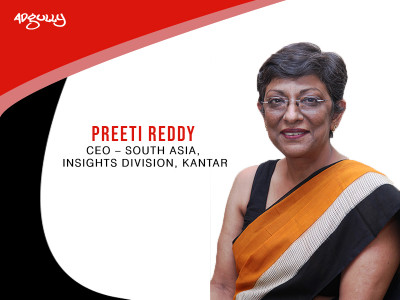
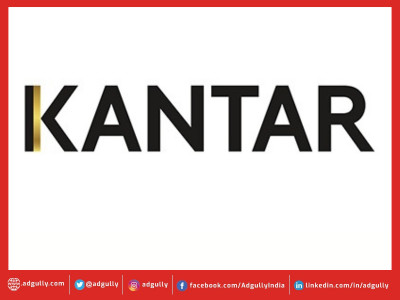

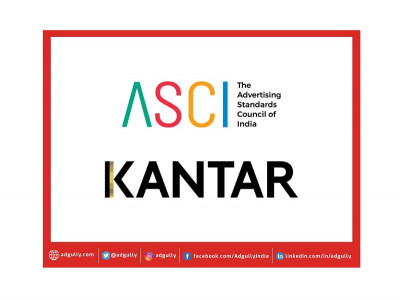


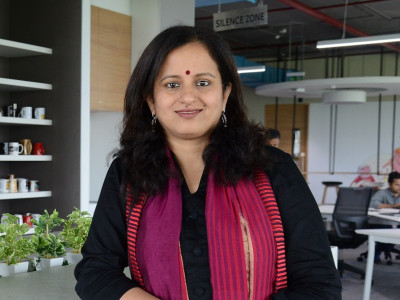
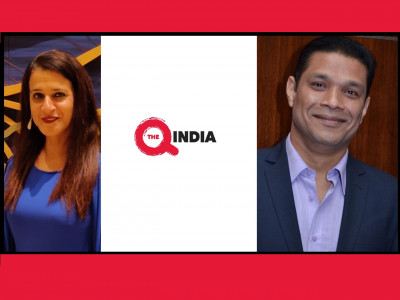

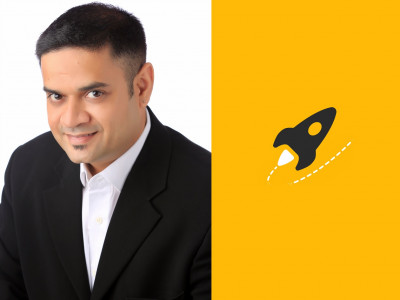
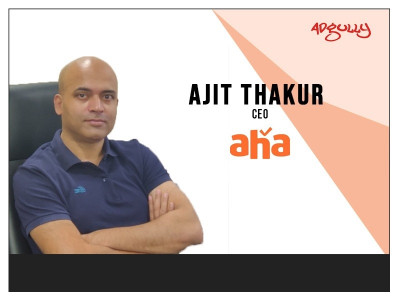
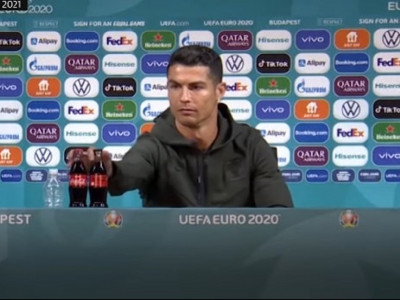



Share
Facebook
YouTube
Tweet
Twitter
LinkedIn